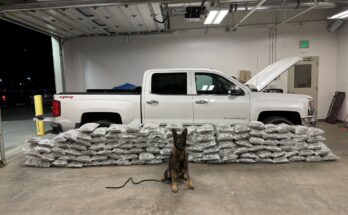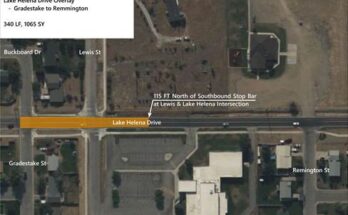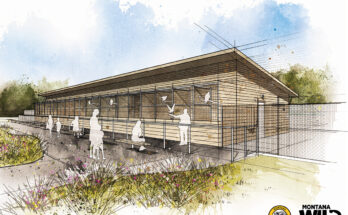All across Montana, hundreds of food banks, food pantries, schools, shelters, tribal programs, and other community organizations are stepping up with creative responses to a widespread rise in food insecurity.
“It’s a trend we’re tracking throughout the state-even with COVID behind us, demand for charitable food support remains alarmingly high in Montana,” said Gayle Carlson, president and CEO of Montana Food Bank Network (MFBN), Montana’s only statewide food bank. “Food insecurity and the issues that contribute to it are posing new challenges for us and our partners, but we’re ready to meet the opportunity to reach even more Montanans.”
According to the United States Department of Agriculture, the food insecurity rates in the country have significantly increased from 10.2 percent in 2021 to 12.8 percent in 2022. The situation is even more concerning in households with children, where 17.3 percent of them do not have enough food for a healthy and active lifestyle – the highest rate since 2014.
In Montana, 1 out of 12 residents suffer from food insecurity, including 1 in 8 children. The Montana Food Bank Network (MFBN) reports that their partners across the state are seeing around 38,000 households seeking assistance every month. Many of them are visiting more often as inflation rises, pandemic-era benefits expire, and economic conditions worsen. The MFBN distributed 16 million pounds of food to more than 360 partners across all 56 counties of Montana last year.
“Hunger happens in our largest cities and our smallest towns, and it’s only because of our diverse network of hunger relief partners that Montana’s charitable food system can go so far in meeting the need,” said Carlson. “We rely on our partners not just to get food where it’s needed, but to keep us informed about hunger in their local communities. That way, we can come together around scalable, comprehensive solutions that work for all Montanans.”
The demand for food assistance has been increasing in various parts of the state due to several reasons such as the growing awareness of available resources, population growth, rising housing costs, and other factors. Nowadays, people from all walks of life seek food assistance, ranging from children and seniors on fixed incomes to working families who can no longer make ends meet in today’s economy.
“We’re serving people you may not associate with that kind of need,” said Kim Dale, program operations director at Helena Food Share. “It might be your neighbors, who used to be doing just fine.”
For MFBN, based in Missoula, robust partners like Helena Food Share serve as critical hubs to help reach remote communities more efficiently. At the same time, MFBN delivers directly even to partners hundreds of miles across the state. In Miles City, MFBN trucks deliver every six weeks to the Custer County Food Bank.
“One of the most important things we do for our community is provide consistent, nutritious food,” said Stephanie Kuchynka, Custer County Food Bank’s director, explaining that some clients may drive more than an hour in the resource-scarce area to reach the food bank. “In a small town like ours, we simply couldn’t provide that consistency without MFBN.”
“With our statewide insight and reach, we’re in the best position to advocate for long-term solutions on behalf of our partners and their communities,” said Carlson. “Without those strong relationships, we wouldn’t be able to advance our shared mission of ending hunger.”


